Architecture of Nan, Northern Thailand
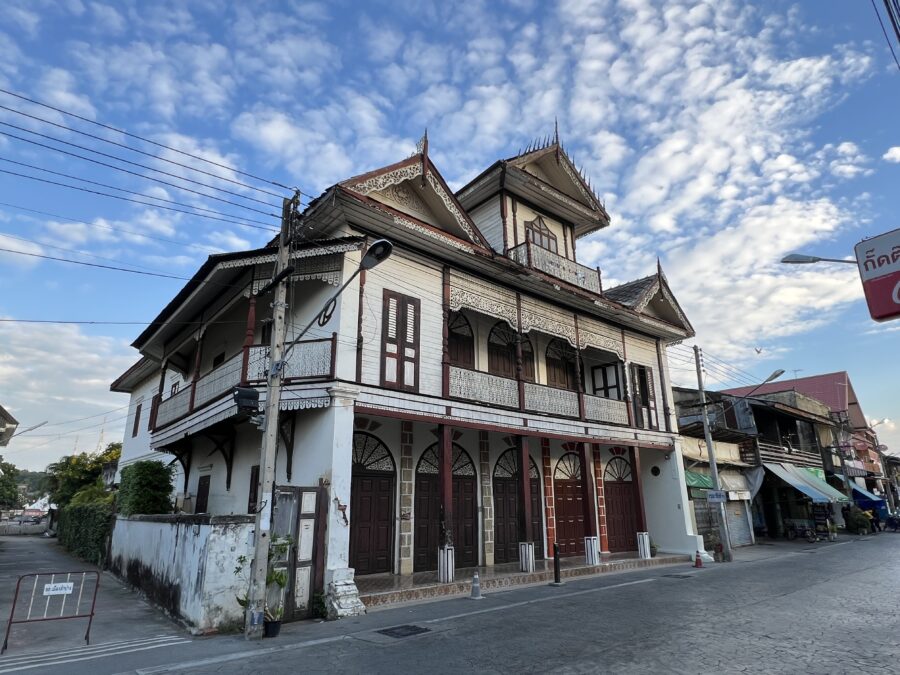
Nan, a city in the very north of Thailand, was one of the nine northern Thai-Lao principalities that formed the kingdom of Lanna, by the 14thh century. The city was midway between Chiang Mai and what is today known Luang Prabang in norther Laos and so was something of a trading city.
The Burmese captured the city in the mid 16th century and many of its inhabitants were taken to Burma as slaves. This was typical of Southeast Asian warfare whereby inhabitants were not killed but instead were seen as assets to be captured and used along with other more usual forms of capital such as gold and weapons.
Eventually, the local dynasty regained local sovereignty and it remained largely self-ruling until 1931, when it became part of Siam.
The local architecture shows Lanna influence. But the local mansions owned by local Chinese merchants show much more external influence with a blend of Chinese, Straits Chinese, European and even Malay characteristics. The European aspect can be seen in the manner of the external pierced wood carving which emulates European iron lace casting work of the late 19th century.
The local Chinese dominated commerce by the late 19th century and what made them particularly wealthy was the teak trade. Teak was used in housing construction but also for ship building and was exported. Wealth from teak waned as the teak forests in Thailand were seriously depleted into the 20th century.
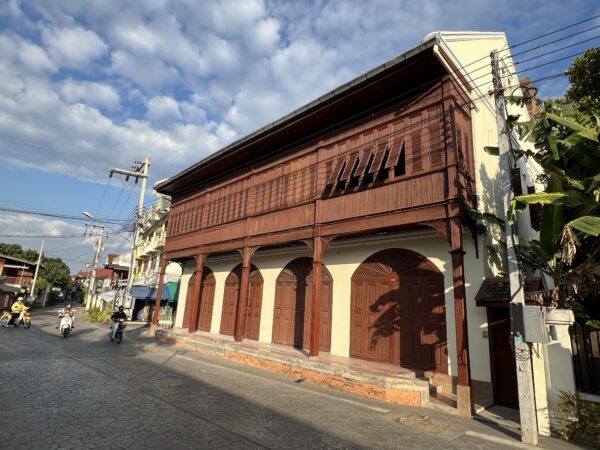
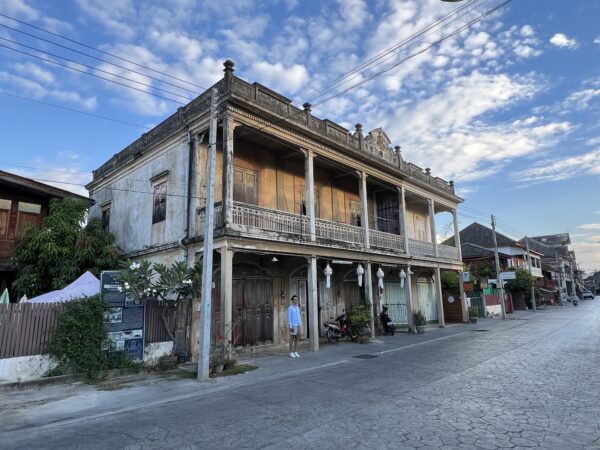
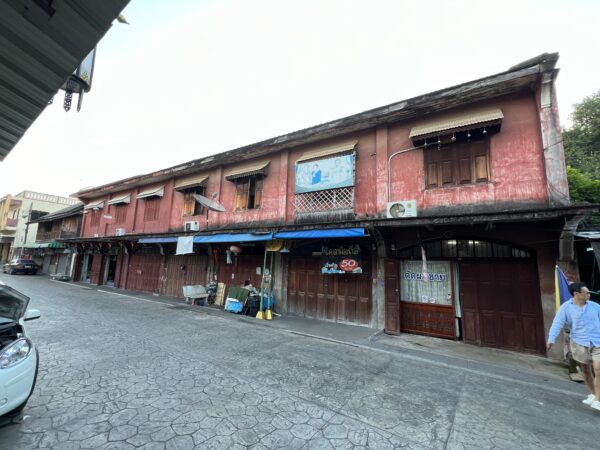
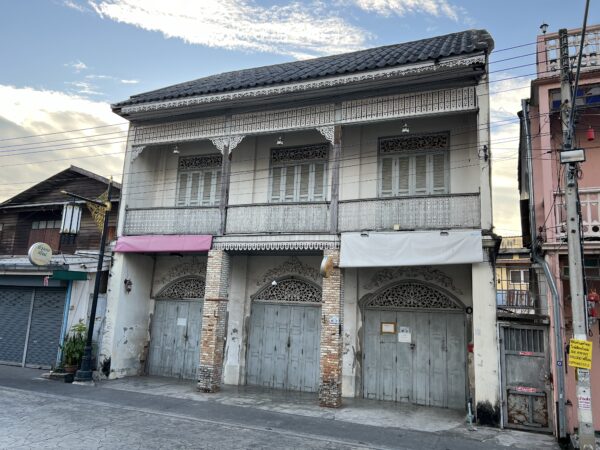
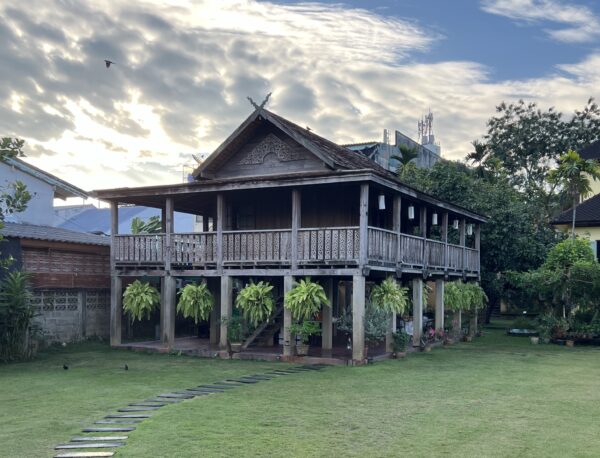
Above: A more traditional Lanna-style teak house.
Receive our monthly catalogues of new items by email.
See our entire Catalogue.
See our Video reels.
Listen to our Podcasts on collecting and other matters.

